January 20, 2009
Inauguration day! We had a day off, so the delegates could catch up on reading, shopping, and especially sleeping. It was inspirational to hear Barack Obama’s acceptance speech, while sitting in a country so strongly affected by U.S. foreign policy.
January 21, 2009
After a late start, we went to La Linea, an area of Guatemala City alongside the train tracks. The train no longer operates, but the tracks remain, and the street along the tracks is lined with small apartments used by sex workers. We were asked not to use our cameras there, both to protect our contacts, and to protect ourselves, so, unfortunately, no pictures.
We were there an hour or so discussing business, how women get into the business, and what it will take for them to get out. What struck this writer was the sensitive humanity and pragmatism of the women we spoke with. While we were there, there was a constant parade of men walking, riding motorcycles, and driving by, window shopping — gawking. This writer was left feeling respect for women sex workers, who were trying to earn a basic living wage for themselves and their children, and no respect for the male looky-loos.
January 22, 2009
Our final day of visits were to extremely emotional locations. The first was the Forensic Anthropology foundation (FAFG), who exhumes skeletons of victims of the armed conflict.
A scientist from FAFG explains the mission and purpose of the foundation
We were asked not to get photos of the skeletons, out of respect for the families of the deceased. The mission of the foundation is to exhume the skeletons, collect evidence related to their death, and provide reports to the Ministerio Publico so that they can prosecute cases if they choose to. So far, no cases have been prosecuted.
Most torture does not affect the skeleton so, while causes of death are often evident, there is not much evidence of torture. However there are exceptions: we were shown a skeleton where the shin bones indicated that someone hacked at the legs and shot and shattered his lower legs shortly before death.
Even though no cases are being prosecuted on the basis of evidence collected by the FAFG, the administrators of the center receive frequent death threats, which they share with their contacts.
In the afternoon, we got a very graphic experience of the pain of Guatemala’s poor; we visited the city dump, the largest dump (basurero) in Central America. Hundreds of families live around the dump and work

collecting recyclables from the trash. The price of recyclables is really low now, and that increases the economic pressure on the poor families.
We also visited Safe Passage, a center that provides a safe and beautiful environment for the preschool and grade school age children of the basurero families. The center also provides nutritious food for the children, and the representative explained that without nutrition, brains don’t fully develop and the chances of having a better life are greatly reduced.
The beautiful play equipment at Safe Passage
Just beyond the walls of the beautifully-appointed center is a very different world.
The kids in the center are friendly, interested, playful and affectionate. This young man:
had fun playing with my flash, suggesting various things to photograph around the center. I didn’t see any gun-type toys around, so I think my flash became a death-ray in his imagination. I remember reading that if boys don’t have toy guns, they’ll turn sticks or whatever into pretend guns. But a Nikon SB-800? Hey, wait, aren’t they sometimes called flashguns??
We ended the day at Jenny’s house. Jenny’s parents hosted us several times for lunches and dinners and provided a homey environment to help us process the challenging emotions we felt.
Here the group is celebrating her birthday. The girls went out later, but not very late: wake up time was 5:30AM on Friday morning to make the trip home.
The delegates / Soka University students set themselves out three projects: make a documentary, do writings, and make a photo documentation of the trip. We are really looking forward to seeing their work. Our Soka University students were from the California campus, but were originally from all around the world: India, Dominican Republic, Hong Kong, Japan, Mexico and the U.S.
























































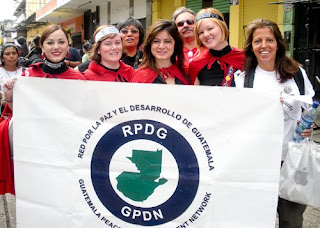








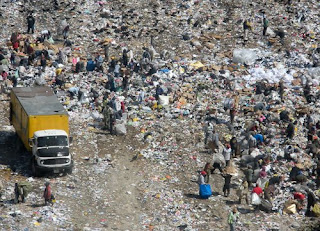

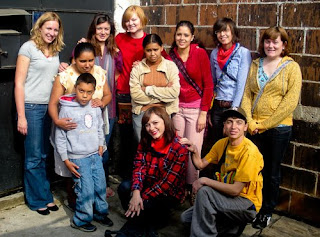

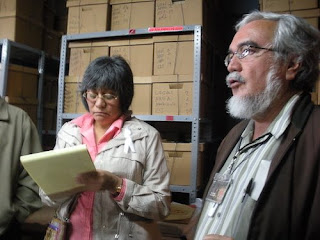

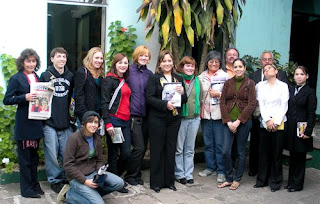
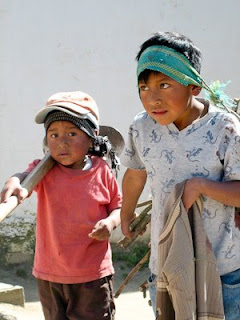



 Proud Founder Member of the Guatemala Peace and Development Network
Proud Founder Member of the Guatemala Peace and Development Network